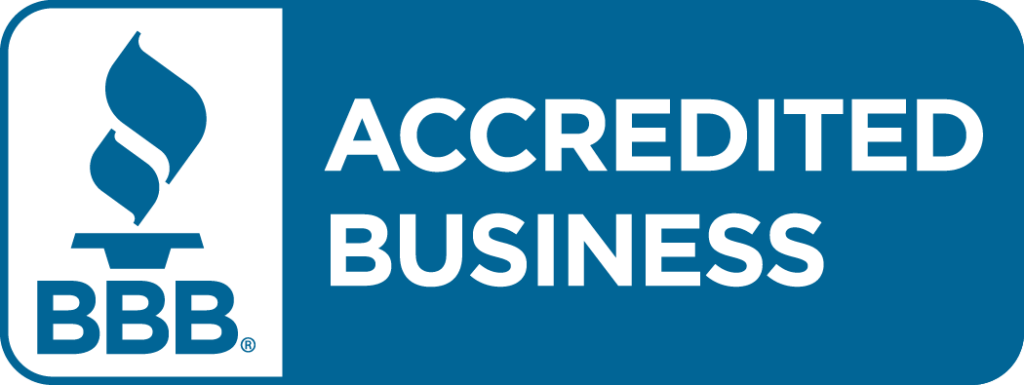Listen to the article:
[acf field=”embed_code”]
There’s more to selling equipment than finding the right buyers. You can get your ads in front of the people most likely to buy from you, but if you catch them at the wrong time, you might as well be advertising to the wrong people. Timing is crucial in your business and knowing when prospects are ready to buy is a key component to making sales.
One big element of timing to pay attention to is seasonality. It affects many in the equipment selling business. Construction has boom times, landscaping has growing seasons, and agriculture has planting and harvesting. These changes that occur throughout the year in these industries are telling of when prospects are most likely to need your equipment. So how do you account for this in your marketing? How do you use seasonality to determine the best time to get in front of prospects?
Let’s take a look at 4 ways you can use seasonality to your advantage.
[hr style=”3″ margin=”40px 0px 40px 0px”]
1. Pay Attention to the Off-Season
This is about knowing the industries that need your equipment. What’s the off-season for professionals in the industries you cater to? If these professionals are busy working outside, they are not likely to see your advertising. You need to target them during their off-season when they are most likely online.
For instance, businesses that offer snow removal will have an off-season around April or May. This is the period of time when they begin going over how the season went. Now that they are out of their peak season, there’s time to research new equipment, parts & service, etc. This is when most of your advertising needs to be presented. However, you still need to be present during peak season for these industries, because you never know when equipment is going to break down.
[hr style=”3″ margin=”40px 0px 40px 0px”]
2. Keep Weather in Mind

Knowing which seasons to sell your equipment for may be obvious for the most part. For example, selling a snow plough for winter. That’s a pretty obvious sale. The key here is to be proactive. People who buy equipment for specific seasons will need to have that equipment prior to that season. For example, those working with snow equipment are likely to be researching in the summer months. You need to target far enough ahead of time, and factor in distribution time and delivery time so the equipment can reach the buyer before peak season.
It is also important to factor in regions here. What states have the most snow? What type of grass grows where? What states have a lot of trees? These factors tell you what regions are likely to need your equipment. For example, if you’re selling leaf blowers, you can learn when the leaves are dropping in certain states, which helps you know when to target those states. It’s important to keep this in mind to avoid wasting time and effort on the wrong areas.
[hr style=”3″ margin=”40px 0px 40px 0px”]
3. Know the Buyers’ Budget Cycles
 You need to know when potential customers can afford to buy. What are these customers budget cycles? This goes back to knowing the industries you cater to. You may cater to companies who set a budget for the year. So getting in front of them around that last quarter when they are setting their budget is crucial to getting their business.
You need to know when potential customers can afford to buy. What are these customers budget cycles? This goes back to knowing the industries you cater to. You may cater to companies who set a budget for the year. So getting in front of them around that last quarter when they are setting their budget is crucial to getting their business.
[hr style=”3″ margin=”40px 0px 40px 0px”]
4. Use Data to Navigate Your Market
For all the aforementioned points, knowing your industry plays a very big part; and one of the strongest ways to know what’s happening in your industry is by using data. Data is your most obvious indicator of when prospects are ready to buy. So what are some important insights you can get from data?
Buying Cycles
It is important to know how often your clients or potential customers need replacements. You can look at your past sales to identify trends. When do your clients buy? You can also go beyond your own data and invest in a database with even more detailed prospect info. For example, Randall-Reilly’s EDA database looks at equipment age, warranty cycles, etc. It also looks at the equipment a prospect financed and when they financed it. Comparing year to year data reveals purchasing patterns and tells you when prospects are likely to buy or finance more equipment.
Buyers Currently Interested
A strong indicator that a prospect is ready to buy is if they are looking through the inventory on your website. With Randall-Reilly’s Priority Prospects, you can identify website traffic and match it to external data sources to determine who is visiting your site. With this data, you can target these prospects while they are actively showing interest.
When you are in the business of selling equipment, timing plays a huge role. You need to know when your ideal prospects are ready to buy. Aligning your marketing with the best timing is a powerful way to increase sales.
[acf field=”cta_5″ post_id=”option”]



